Windows are the worst energy leakers you can ever have in any house. Natural light is great but it comes at great cost. They let too much heat inside in the summer and too much cold inside in the winter. Doing anything is better than nothing. Just stretching plastic over them or hanging a blanket over them is better than doing nothing.
The best way to deal with it is to get the best windows that you can and use a thermal barrier or shutter. There are attractive roll up thermal shades that are made of comforter or winter jacket like material (thinsulate, etc.). They are usually or shall I say best mounted on tracks to seal the window on cold nights or hot days. Some are manually operated (cranked up and down) and some are electrically operated. The advantage to these are the roll up storage. Cons are expensive and lower R values.
Over the last few years, I have been experimenting with a rigid, heavy sandwich type of window plug. And here is the article about them that I promised a long time ago when I answered some wiki questions. They are constructed of a 2″ foam core (Owens corning formular 150 R-10) with thin white hardboard glued to each side. I live in a condo so it has to be aesthetically pleasing and look like a shade or blind when viewing it from the outside. I left the inside facing board white (as my walls are white). You can however, paint it to match your walls or do a number of other treatments such as fabric or even put art or posters on it. Imagination is your only limit. I wish I could get some sort of high temp, white lightweight plastic instead of the wood because of all the problems I’ve had with the wood. The experiments that I’ve done with the thin white pressed wood material is reacting with the condensed water (water vapor gets in there no matter what I done so far) from each night and the brutal heat of the day to produce unexpected mold and chemical smells (produces a nice stink).
Advantage is the high R value (I will get an R12-15 with the air gap and high performance windows). Disadvantage is weight and storage. I created one piece, no hinge “plugs” for my windows. These are very heavy and clumsy to move on the big window. I have to store them behind book cases and the sofa when not in use. The advantage to this is fewer gaps and that means a greater seal and less heat loss. More convenient and attractive options are available.
So far I have found challenges with the edge seal, water vapor and heat. The edges of the plug need to be angled and weatherproofed so the unit wedges tightly so there is very little air leaking in or out of the gaps. Weatherstripping is important as I have had a huge problem with both moisture accumulation and heat buildup. Moisture trapped in the air gap condenses at night causing water to pool or even freeze in winter. Mold and other fungal problems will result if you don’t address these issues. I am experimenting with different colors and materials as well to address these obstacles. For example, I thought black would be a great color for winter as it looks good from the outside (Wisconsin winter gets very cold but very sunny days after a snowstorm and high pressure moves in) but there was sufficient heat to melt the foam even on fairly cold days. White is better since I’m not trying to duct the heat inside. No matter how cool that may sound, the technical challenges are way beyond the scope of this simple experiment.
Unfortunately, in the end conservation is a luxury for those with the will and resources to execute it unless forced upon us or incentivised by local, state or federal cash . I have suspended testing due to the need to make more money just to survive these days.

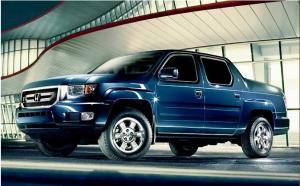
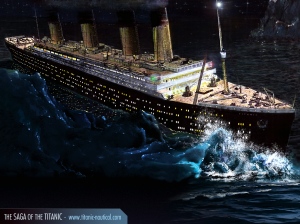

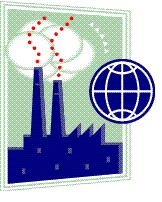
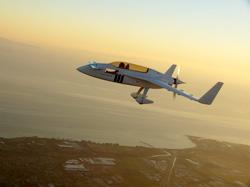
 According to Bizjournals.com and the AP, this weekend began with about 90,000 riders to help launch Phoenix‘s Metro light rail. This new 20 mile loop is well on its way to the expected 200,000 riders on the rail line’s first weekend.
According to Bizjournals.com and the AP, this weekend began with about 90,000 riders to help launch Phoenix‘s Metro light rail. This new 20 mile loop is well on its way to the expected 200,000 riders on the rail line’s first weekend.
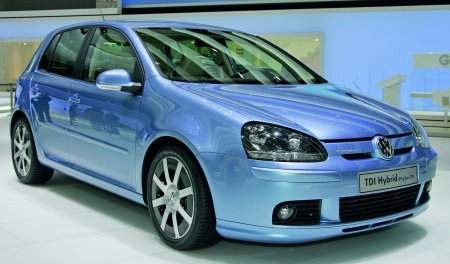
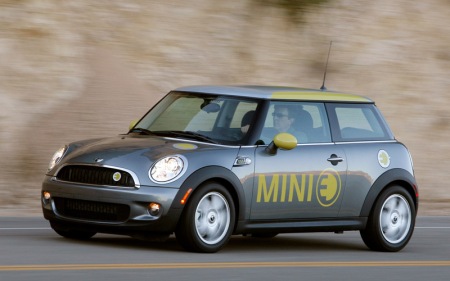


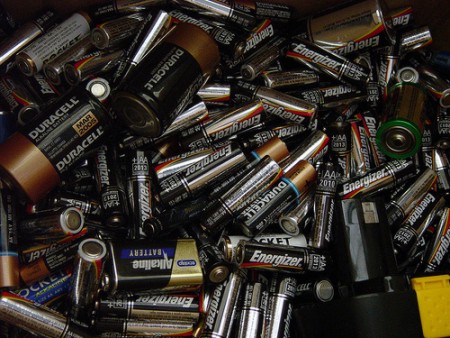


You must be logged in to post a comment.